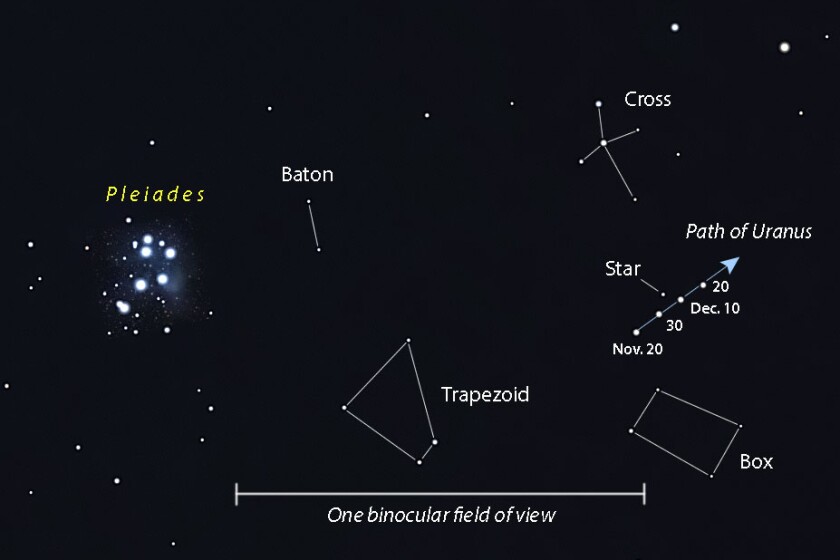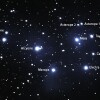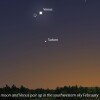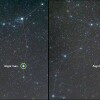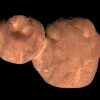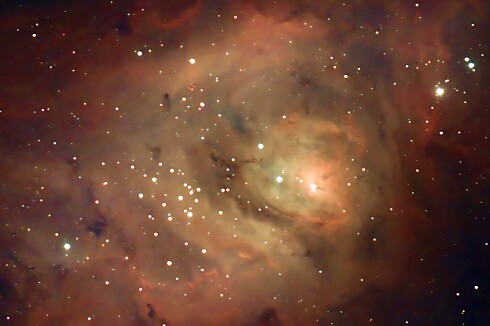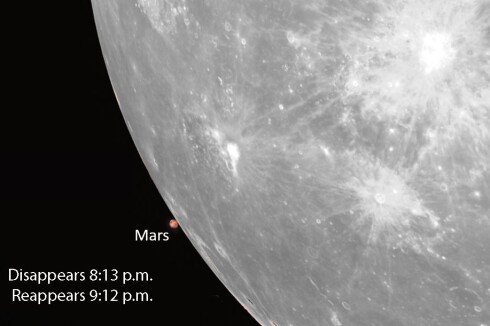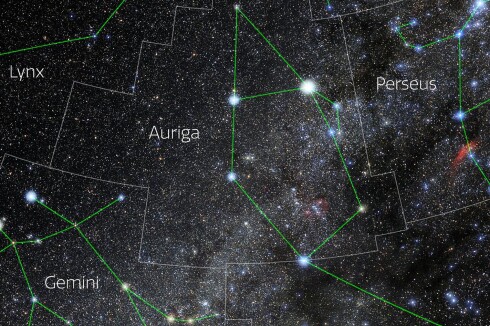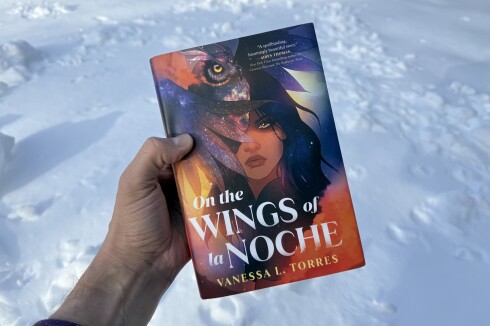It's good to have goals. Achieving them gives you that satisfying sense of accomplishment and encourages a positive outlook toward the future. I've completed many astronomical goals, both big and small, in my lifetime. Topping the list are seeing a fragmented comet pelt Jupiter, several total solar eclipses, the 2001 Leonid meteor shower, mind-blowing auroras and the city-sized neutron star ticking away in the heart of the Crab Nebula, the remains of a brilliant supernova explosion that occurred in 1054 A.D.
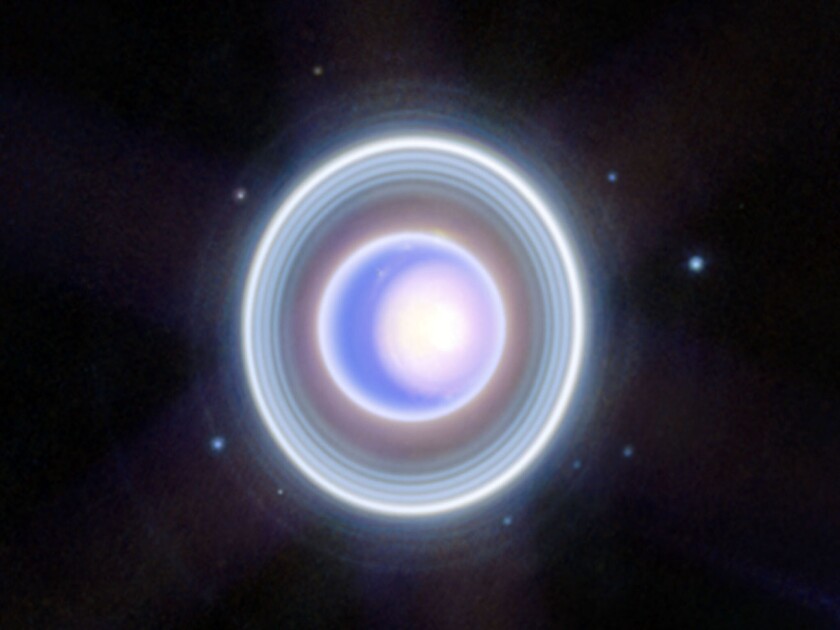
More remain. One of them is linked to Uranus, which is currently at its brightest and closest to us for the year. With an average distance of 1.8 billion miles from the sun, the planet takes 84 years to complete an orbit. My goal? Live long enough to witness a full revolution of the planet — one Uranian year. The average U.S. male life expectancy is 75 years (2022), 9 years shy of full circle. But if what they say about yogurt and kimchi is true, I might have a fighting chance since I enjoy both.
ADVERTISEMENT
I've seen Mercury and Venus go around the sun on more occasions than I care to count: Mars 37 times, Jupiter 6 times and Saturn not quite 2 1/2 times. In a future age, when science figures out how to extend life expectancy well into a second century, someone will reach the ultimate planetary orbital milestone — 165 years, equal to one revolution of the eighth and outermost planet Neptune.
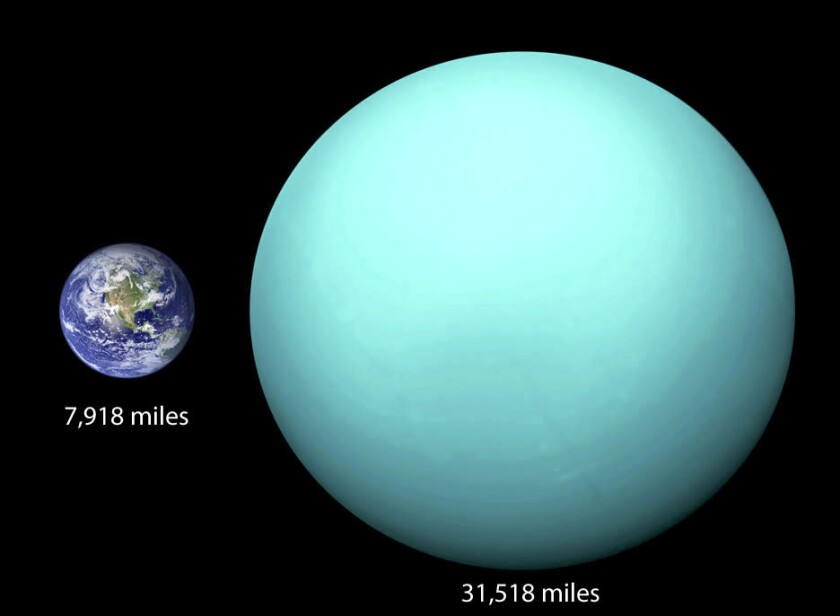
Uranus is about four times the size of Earth. If our planet were the size of an apple, Uranus would be a basketball. In ancient mythology, the planet is one of the primordial Greek gods and represents the sky and heavens. Chaos was the first of the gods and from it emerged Gaia, goddess of the Earth. Gaia created Uranus, who then became her husband. Together, they had many children, including Iapetus, who fathered Atlas. In last week's post, I described how Atlas became the father of the seven Pleiades.
How convenient then that Uranus shines near his grandson and great-granddaughters this season and that all you need to see them all is a pair of binoculars.
The planet will look like a modestly bright star as it crawls slowly southwest in the coming month. Between about Nov. 20 and Dec. 10, it will pass beneath a star that's about a magnitude fainter, which will make it easy to detect its movement over several nights.
To see the planet's blue-green hue, which is caused by the absorption of sunlight from methane gas, you'll need a small telescope. Methane constitutes only a fraction of Uranus's otherwise mostly hydrogen and helium atmosphere. Increasing the magnification to 100x will also show the planet as a tiny disk.
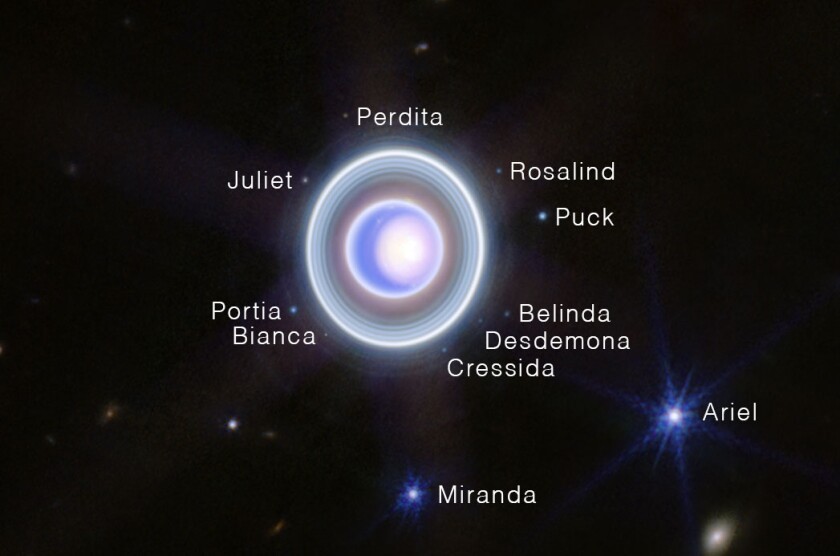
Uranus has 27 known moons , a few of which are visible as faint specks in larger amateur telescopes. No one knew the planet had rings until 1977. In March of that year, astronomers studied the planet's atmosphere by watching it hide a distant background star. Serendipitously, the team saw the star briefly disappear five times before and after the planet eclipsed it and deduced the existence of the rings. Since then, we've confirmed their existence by photography with cutting-edge telescopes like the Hubble and James Webb. In all, 13 dark and dusty rings encircle the cold, windy planet.
Deep beneath its perpetual cloud cover, the interior consists of a hot, dense, fluid-like mix of water, methane and ammonia surrounding a rocky core. Currents within the fluid create a magnetic field around Uranus, which couples with impinging flows of charged particles from the sun to spark Uranian auroras.
ADVERTISEMENT
The oddest thing about Uranus is its unique tilt. Planets like Jupiter and Mercury spin almost straight up and down. Earth's whirls with its axis tilted 23 1/2 degrees. But Uranus is tipped over on its side with its axis tipped 98 degrees, almost perpendicular to its orbit! One possible explanation for this radical slant posits that a large, newly-forming protoplanet collided with Uranus 4 billion years ago and knocked it sideways.
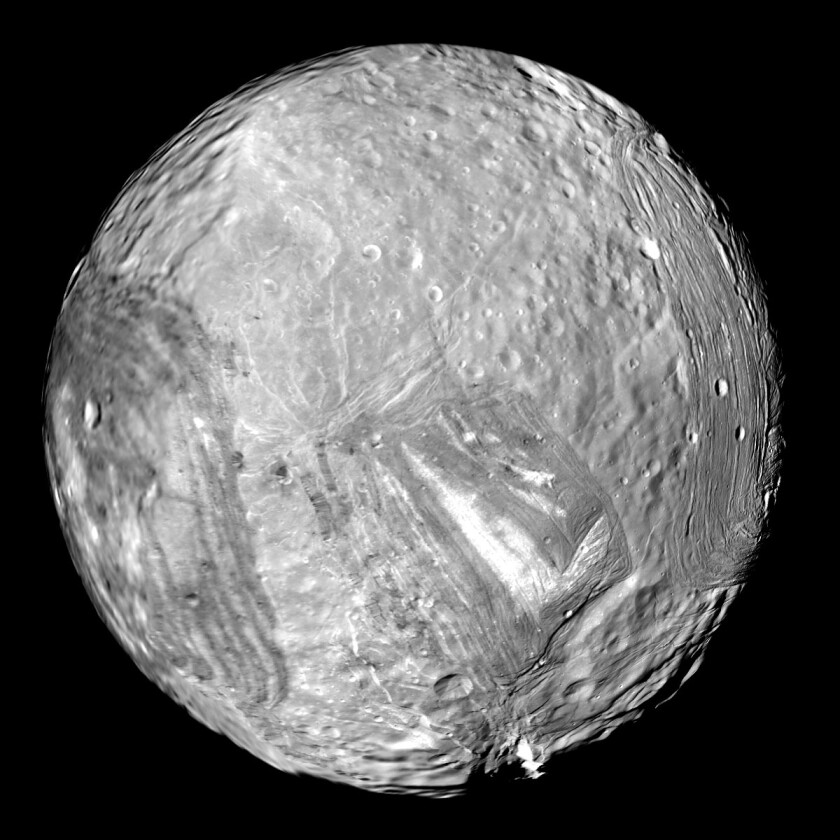
Uranus is peculiar in another, lesser-known way. Planetary moons, by convention, derive from Greek mythology, but those of Uranus are named for magical spirits and characters that appear in the works of Shakespeare and Alexander Pope. Titania and Oberon, the brightest, are named for the fairy king and queen in "Midsummer Night's Dream." Miranda is one of the main characters in "The Tempest," and Desdemona elopes with her husband in "Othello."
I should read more Shakespeare, but I'm so caught up in my other hobbies it's hard to find time. Hmm. Maybe I should add it to my list of goals.

